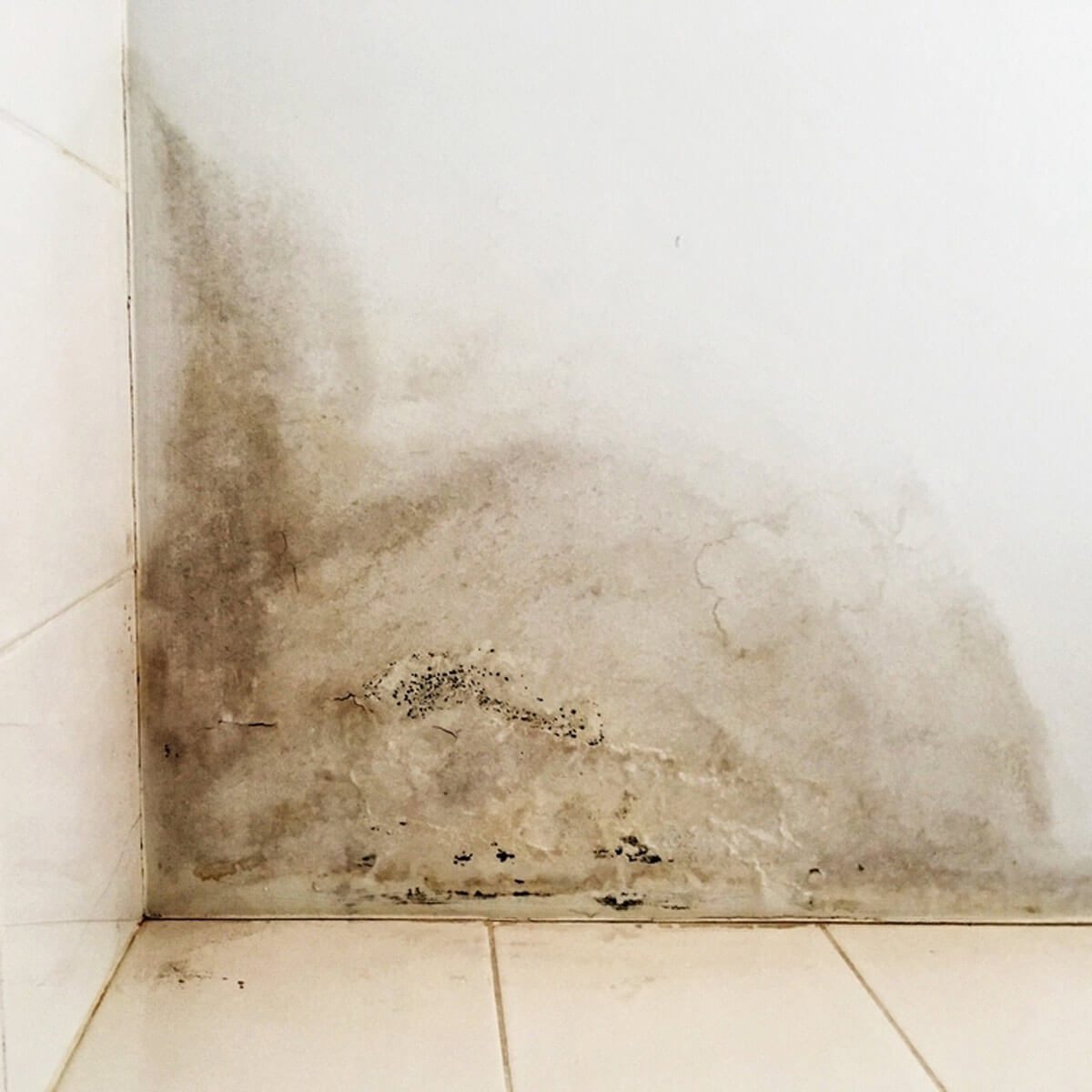Bathroom Water Damage - Ways To Prevent This Happening
Bathroom Water Damage - Ways To Prevent This Happening
Blog Article
Almost everyone has got their unique beliefs with regards to Common Causes of Water Damage in a Bathroom.

The washroom is very vulnerable for wet build-up as well as potential water damages because of the constant use of water in it. This write-up uses easy inspection strategies to assist detecting water damages risks.
The constant use of water in the bathroom makes it very at risk for damp buildup and possible water damage. By checking it consistently, you can decrease water associated problems.
The following set of examinations is easy to do and ought to be done once in every three months in order to maintain your bathroom in good shape and also to prevent prospective water problems caused by the tub, the shower, pipeline joints as well as plumbing, sinks, closets, and the toilet
Do not overlook performing these evaluations as well as be thorough while performing them. Remember that these straightforward inspections can save you a great deal of cash by providing early indicators for water damages
Bath tub and Shower
The shower and tub call for unique attention and maintenance. Inspect the floor tiles and also change if cracked. Ensure that there is no missing out on cement in between the tiles. Inspect as well as replace split caulking at joints where the wall surfaces fulfill the flooring or the bath tub. Clogged drains and pipes issues will stop the tub from drying as well as may indicate serious problems under the bath tub. Seek advice from a specialist right away to prevent structural damages. Take notice of stainings or soft locations around the tub walls as they may show an inner leakage.
Plumbing
Signs for water damage are hard to detect given that the majority of pipes are mounted inside the wall surfaces.
Pay special focus to floor covering and wall surfaces wetness and also spots as they may show an undetectable plumbing problem. Examine dampness degrees in adjoining rooms too.
Sinks as well as Cabinets
Sinks and closets are revealed to wetness and humidity day-to-day as well as are frequently neglected. Inspect consistently under the sink and also on the counter top above it. Repair any kind of drip in the catch as it may suggest drainpipe issues. Take a look around the sink, slow draining pipes may indicate an obstructed drainpipe. Change sink seals if they are split or loose.
The Toilet
The toilet is an at risk water joint. Inspect the water lines and look for leaks around the toilet seat, in the hose, and under the water tank. If you detect any indicators of dampness on the flooring around the commode, look for leaks in the toilet rim and storage tank seals.
Know that hanging bathroom dish antiperspirants boosts the opportunities for obstructions.
Water Damage Signs In The Bathroom To Avoid Cleanup
Musty smell
This is one of the easiest signs to catch because musty smells are so odorous. The damp, earthy, moldy smell should be a big red flag. The smell will develop when moisture gets trapped in surfaces, and begins to facilitate mold growth. Leaking pipes under cabinets, inside walls, and behind shower fixtures will cause moisture to stay trapped and not dry, which will lead to mold growth and spread. As soon as you notice any musty smells in your bathroom, have it checked for hidden water damage and cleanup signs.
Visible mold
If the smell isn’t there to give it away, sometimes you will actually see mold growth. Finding mold in your bathroom is a serious problem, because mold is very harmful to your health. By the time mold growth is visible, it also means that water damage has already occurred and been present for some time. The only way the mold problem can be resolved is to find the source of the moisture and get it stopped. To safely and adequately remove mold, you need to have professionals handle the remediation. Do not waste any time in getting mold problems addressed, fixed, and sanitized so that you can protect you and your family from the many respiratory symptoms caused by mold exposure.
Damaged floors
Bathroom floors should be able to withstand some exposure to water while still remaining in good condition. However, when excess exposure or water leaks occur, they will begin to damage even the most water-resistant flooring. If you notice any cracking, bubbling, staining, or warping on your bathroom floors, there is probably a water leak somewhere causing the distortion. If you notice areas of the floor have become softer, or even have a spongy feeling, there is probably damage to the subfloor. Subflooring is typically made up of plywood. When plywood is exposed to water or moisture, it will absorb it. Once it has become saturated, the weight of the excess water will cause the wood to swell and soften. Check the floors in your bathroom frequently to catch any of these sings before they lead to damaged subflooring.
Changes on walls
When water leaks behind walls, it will cause changes in the drywall. Peeling plaster, blistering paint, and soggy wallpaper are all good indicators that excess water is building up behind the wall. Water leaking behind drywall will cause it to swell and be soft to the tough. If you start to notice gaps along the trim of your walls, or where tile meets the wall, it could also be a strong indicator that there is a leak behind the wall. Any changes, distortion, or damage on the walls should be evaluated as soon as you notice it to prevent further water damage and cleanup.

I found that entry about Preventing Water Damage in the Bathroom when surfing around the internet. Sharing is good. Helping others is fun. I truly appreciate reading our article about Preventing Water Damage in the Bathroom.
Details Here Report this page